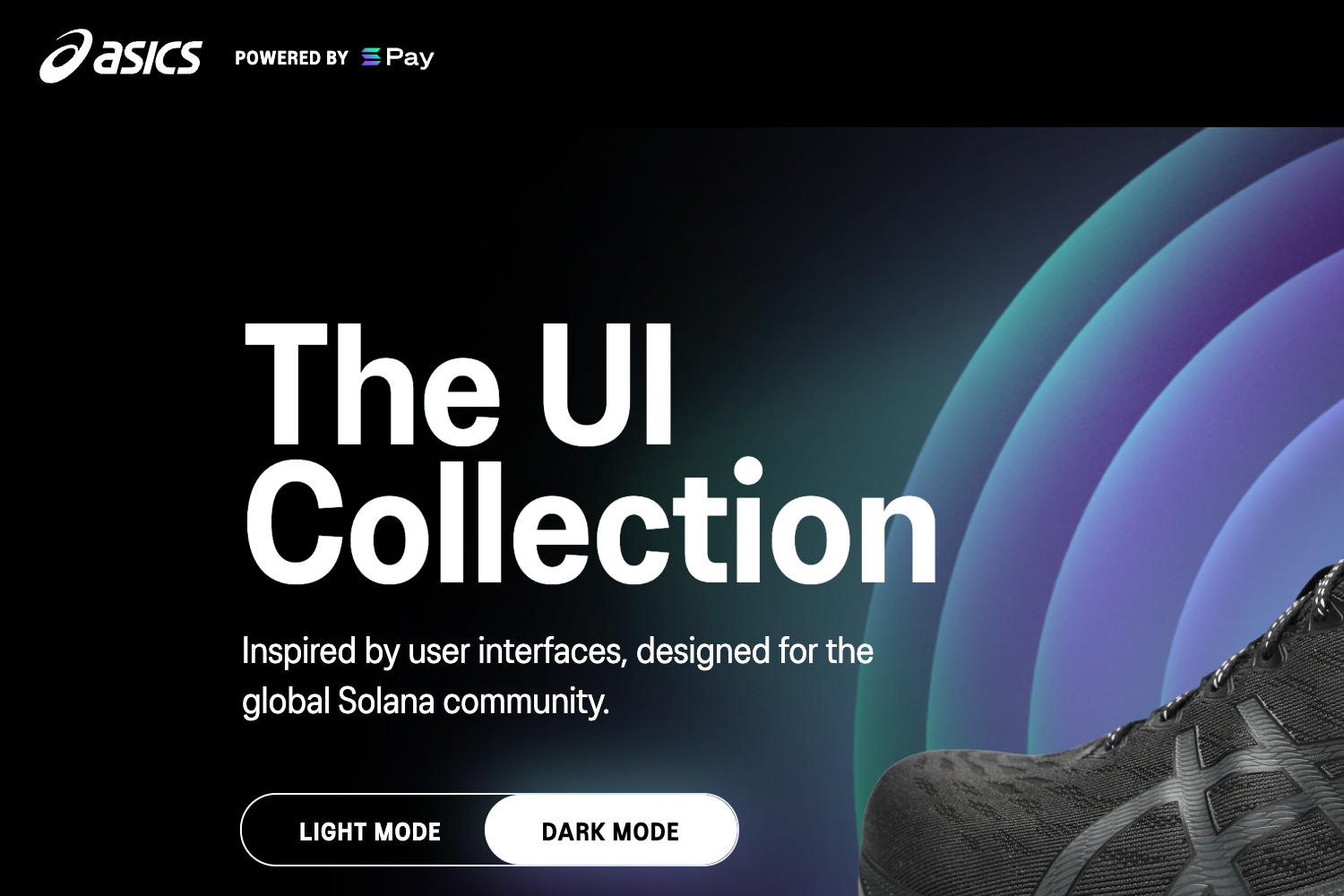Solana Pay vs. PayPal: The ASICS Case Study
The race for dominance in the digital payment landscape is heating up, with Solana Pay emerging as a real contender against industry giant PayPal. Solana Pay, based on the Solana blockchain, boasts higher transaction speed, lower costs, and enhanced scalability.
The race for dominance in the digital payment landscape is heating up, with Solana Pay emerging as a real contender against industry giant PayPal. Solana Pay, based on the Solana blockchain, boasts higher transaction speed, lower costs, and enhanced scalability, making it an attractive alternative for businesses and consumers alike. The case study of ASICS' adoption of Solana Pay demonstrates how this innovative payment solution has the potential to take on PayPal and revolutionize the industry.
The Solana Blockchain Advantage
The Solana blockchain, upon which Solana Pay is built, is a high-performance decentralized network known for its scalability, low transaction fees, and lightning-fast transaction speeds. It can process up to 65,000 transactions per second (TPS) at a fraction of a cent per transaction, compared to PayPal's 193 TPS and higher transaction fees. This superior performance is due to Solana's unique architecture, which includes innovations such as Proof of History, Tower BFT consensus algorithm, and Gulf Stream, among others.
ASICS and Solana Pay: A Success Story
ASICS, a global leader in sports footwear and apparel, adopted Solana Pay in a bid to reduce transaction fees and improve the overall efficiency of its e-commerce platform. The results were remarkable: ASICS witnessed a substantial reduction in transaction costs, with fees as low as $0.00025 per transaction, compared to PayPal's fees which cost no less than 2.9% + $0.30 per transaction. In addition, Solana Pay's near-instant transaction speed vastly improved the customer experience, making it a win-win for both the business and its clients.
To keep with its tradition of inspiring young people by pushing the boundaries of design and technology, ASICS launched the first large-scale brand loyalty program built on the Solana ecosystem back in November 2022. The campaign sent shock waves through the media, reaching over a billion impressions.
“If a brand wants to launch a loyalty program that can scale at day one, can be at the same size of their current loyalty program, and can deliver better utility and better ownership of the assets associated with said program, to me the answer is Solana Pay, and Solana more generally, all day,” said Joe Pace, ASICS' Director of Web3 and Digital Goods.
On November 4th, 2022, ASICS released two open-edition running shoes (titled: The UI Edition), where you could purchase sneakers in 'light' or 'dark' mode with accented Solana colors. Each pair came with a loyalty badge, where the very first benefit was being entered to win digital twins of their UI Collection sneakers to join STEPN.
Security and Decentralization
One of the primary concerns for businesses and customers when choosing a digital payment solution is security. Solana Pay's decentralized nature ensures that the system is not vulnerable to single points of failure, as transactions are verified by a vast network of validators. This added layer of security can give businesses like ASICS peace of mind, knowing their transactions are safe and secure.
Furthermore, Solana Pay is built with the environment in mind. Solana is one of the greenest blockchains available, boasting an impressive net carbon impact of zero. Pace added that "We at ASICS care a lot about the environment and our impact on it. Choosing any other blockchain would have been a step in the wrong direction.”
The Road Ahead
While PayPal is still the dominant player in the digital payment space, the ASICS case study highlights Solana Pay's potential to take on the industry giant. With its impressive transaction speeds, low fees, and decentralized security, Solana Pay presents an attractive alternative for businesses and consumers seeking a more efficient, cost-effective, and secure payment solution.
As more businesses begin to recognize the benefits of blockchain-based payment systems like Solana Pay, we may see a shift in the balance of power in the digital payment landscape. The ASICS case study is just one example of how this innovative technology can revolutionize the way we conduct transactions and build communities, paving the way for a more decentralized and efficient digital economy.


